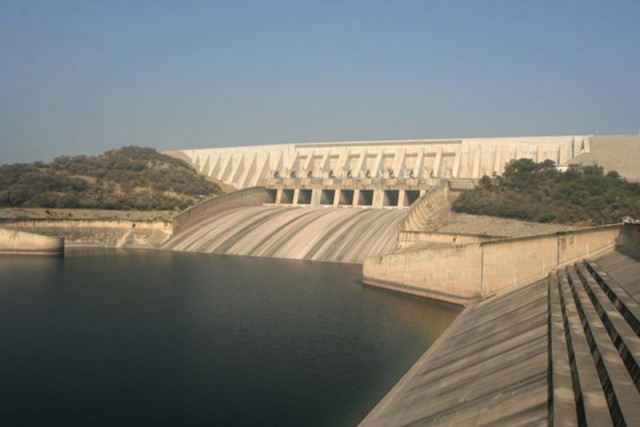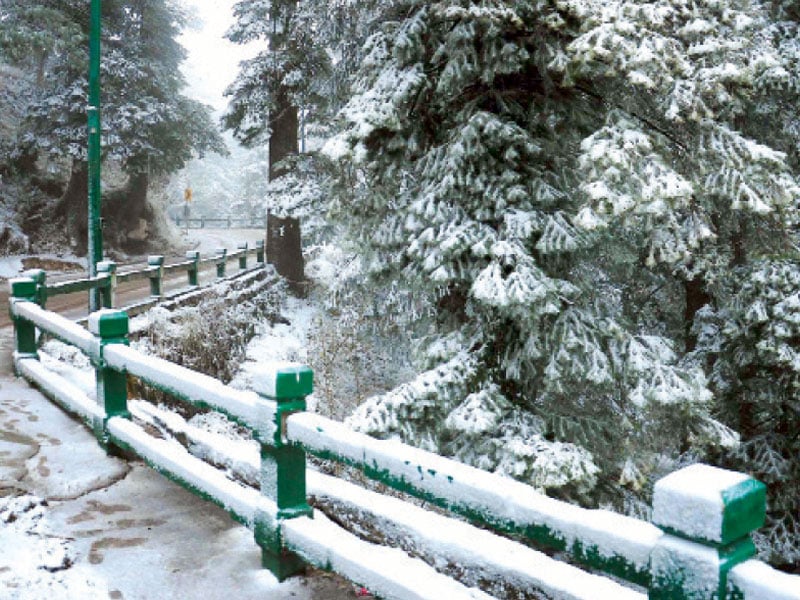Mangla Dam fills to capacity
Country's biggest reservoir now holds 7.277 million acre feet of water

After this monsoon, all three major water reservoirs in the country — Tarbela, Mangla and Chashma — are filled to their maximum levels with cumulative live storage of 13.316 MAF. This, experts say, is a good omen for irrigated agriculture and hydel generation.
Mangla Dam, Pakistan's biggest reservoir in terms of water storage, filled on Thursday to its maximum conservation level of 1,242 feet above mean sea level. As much as 7.277 million acre feet (MAF) of usable water is available in the reservoir.
Completed in 1967, Mangla Dam has been significantly contributing to economic stability in the country, as it helps ensure water supply for irrigation, mitigates floods, and provides clean, green and affordable hydel electricity to the national grid.
At the time of its construction, Mangla Dam had a live storage capacity of 5.88 MAF, which gradually decreased to 4.6 MAF by 2004 due to sedimentation.
In 2004, the Water and Power Development Authority (Wapda) commenced the Mangla Dam Raising Project. On completion of the project, WAPDA not only regained the lost storage capacity but also enhanced it to 7.5 MAF with an addition of 2.9 MAF, turning Mangla Dam into the biggest water reservoir in Pakistan.
Being a multipurpose project, the dam also had an installed power generation capacity of 1,000 megawatt (MW). In view of the aging factor of the generating equipment and availability of additional water due to the raised Mangla Dam, Wapda is implementing Mangla Refurbishment Project in a phased manner. The project will increase the power generation capacity from 1,000 MW to 1,310 MW.






















COMMENTS
Comments are moderated and generally will be posted if they are on-topic and not abusive.
For more information, please see our Comments FAQ